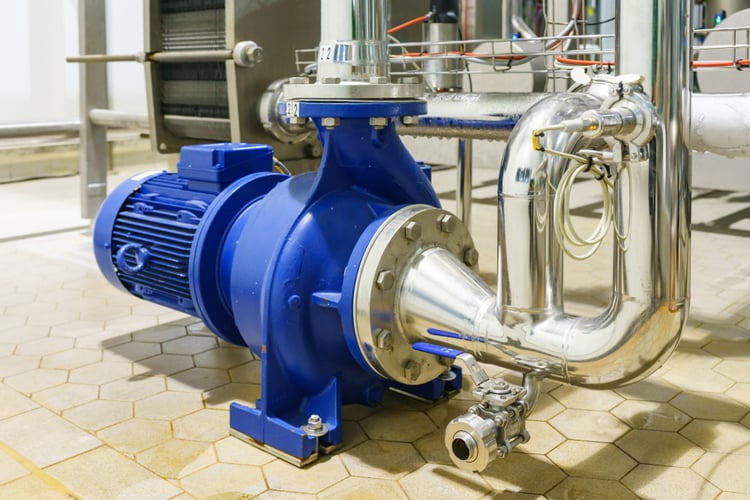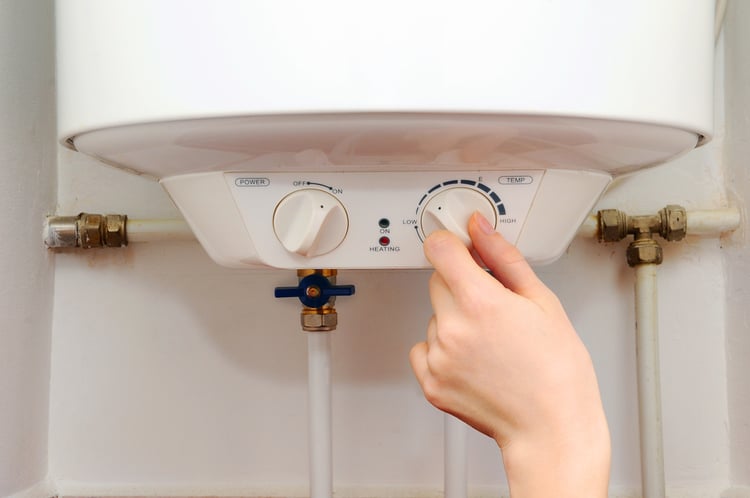How a Professional Plumbing Design Improves Energy Efficiency

Energy efficiency measures for buildings tend to focus on lighting and HVAC systems. However, the energy consumption of plumbing installations is often overlooked. The water supply can get very cold in many parts of the world, and a heating system is necessary to reach a safe temperature. There may also be a pumping cost associated with water consumption, especially in high-rise buildings.
Traditionally, MEP design has been managed in isolation - building systems are designed separately and then coordinated. However, an integrated approach can achieve a better design, since the interactions between building systems are considered from the start. Plumbing systems can be designed to reduce water pumping and heating costs, and the annual savings can reach thousands of dollars in large buildings.
Save on water and energy bills with a professional plumbing design.
Below, we will discuss some ways to reduce the energy expenses associated with a building’s plumbing system.
How to Reduce Your Water Pumping Costs

Single-family homes and low-rise buildings don’t have water pressure problems under normal conditions, since the local utility company keeps an adequate pressure. However, high-rise buildings will normally need their own pumping system to provide water for their upper floors. Since pumping systems consume electricity, there is an additional energy cost with respect to low-rise constructions.
There are two main strategies to reduce the operating cost of water pumping systems in buildings:
- Reducing water consumption directly (less gallons to pump).
- Using high-efficiency pump motors (less electricity per gallon pumped).
Efficient plumbing fixtures can greatly reduce your water consumption - fixtures with the US EPA WaterSense label offer verified savings of at least 20% with respect to federal standards. Plumbing fixtures can only get the WaterSense label if they are successfully tested by an approved laboratory who is independent from manufacturers.
Keep in mind that water conservation not only depends on the fixtures used, but also the consumption habits in your building. Even if your entire plumbing system uses WaterSense fixtures, promoting water conservation among occupants is very important. In any building where water must be pumped, every gallon saved also results in electricity savings.
Water pumping costs can also be used by using high-efficiency motors to drive pumps. We recommend electric motors with NEMA Premium efficiency or better. If your pumping system is often operating at partial capacity, you can use a variable frequency drive (VFD) to reduce motor speed and save even more electricity. The combination of water-saving fixtures and efficient motors will minimize pumping costs in high-rise buildings, or any other properties that depend on pumps for their water supply.
How to Reduce Your Water Heating Costs

In places with cold weather, a water heating system is required by law - being necessary for health and comfort. For example, NYC requires all buildings to have a hot water supply all year long, with a temperature of at least 120 °F. The Department of Housing Preservation and Development often gets complaints for low water temperature, and building owners must ensure their water heaters are operating property.
There are two main ways to reduce the energy cost associated with hot water systems:
- Reducing water consumption directly (less gallons to heat).
- Using an efficient water heater (less energy per gallon heated).
Just like with pumping costs, water conservation saves on heating, simply because less gallons are moving through the water heater. This means that WaterSense fixtures also save on heating - if your building consumes 20% less water, you can expect water heating costs to drop by a similar percentage.
When comparing water heaters, you can look for an efficiency metric called the energy factor. In simple words, the energy factor is the ratio of heat output and energy input. For example, a gas-fired heater with an EF of 0.80 consumes 100 BTU of natural gas to deliver 80 BTU of water heating. To make sure you get a high EF, you can look for ENERGY STAR water heaters:
|
Water Heater Type |
Minimum EF for ENERGY STAR Label |
|
Electric Heat Pump with Storage |
2.00 EF up to 55 gallons, 2.20 EF for larger heaters |
|
Gas Heater with Storage |
0.67 EF up to 55 gallons, 0.77 EF for larger heaters |
|
Tankless Gas Heater |
0.90 EF |
Keep in mind that the operating costs of a water heater will depend on three factors: workload, energy factor and local energy prices. In other words, comparing only efficiency values can lead to incorrect conclusions.
A qualified MEP design firm like NY Engineers can help you find the lowest-cost option, based on local energy prices and the needs of your building.

Michael Tobias
Michael Tobias, the Founding Principal of NY Engineers, currently leads a team of 150+ MEP/FP engineers and has led over 4,000 projects in the US
Join 15,000+ Fellow Architects and Contractors
Get expert engineering tips straight to your inbox. Subscribe to the NY Engineers Blog below.

